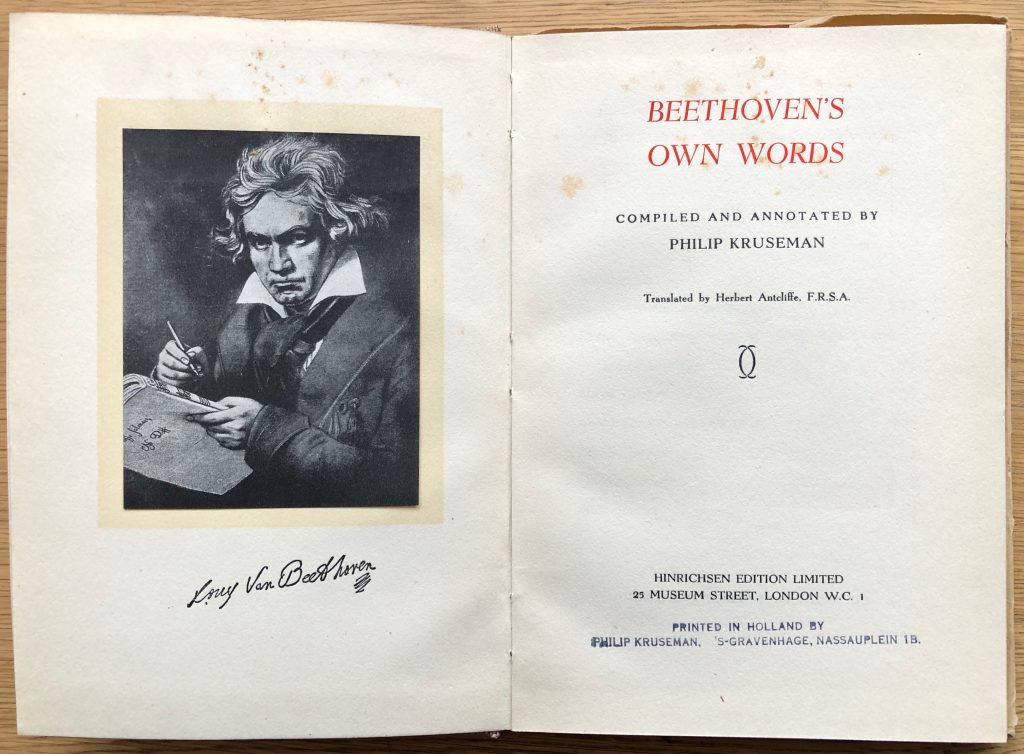A safe space for stupidity…
On a recent trip to LA, I was held captive in a quiet corner of The Broad by William Kentridge’s brilliant Second-Hand Reading. In six or so minutes of animated words, images and music, the work takes you on a magical journey which is both substantial and light-touched, heavy-souled and uplifting. I happily watched it again and again, each time sensing something new in the looping lyrical storytelling.
In a TEDx talk, William Kentridge describes how “ideas come into the studio and meet charcoal, paper, ink…” This fluid, handmade “thinking in material” is core to his art. And so, in turn, is the task “to find the less good idea. One knows the danger of confident men with their good ideas, and the damage this does every time. Give yourself over to the logic of the material… The main idea gets pushed to the side and other things emerge from the process of working… the less good ideas… This is key in the studio – to allow a space for this to emerge… to allow the studio to be a safe space for stupidity…”
So for anyone struck dumb by the terrors of the blank page, or indeed convinced of the perfection of their opening line, take a leaf out of Mr Kentridge’s book. Start writing. Be stupid. Goof about a bit. Get your hands inky. The less good ideas will emerge, and who knows – they may well prove to be great.
